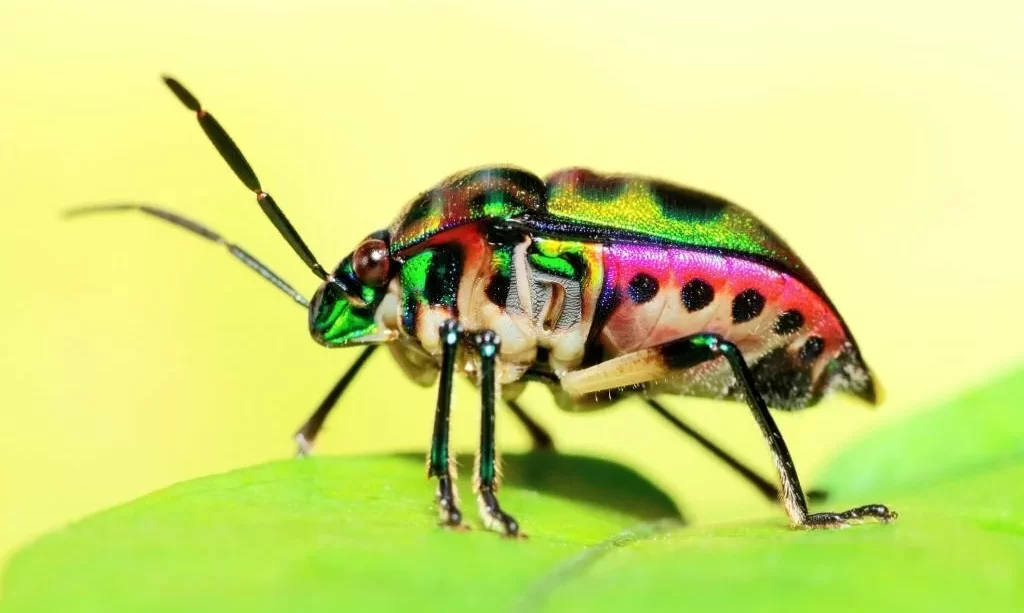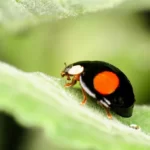Beetles, with their diverse and abundant species, often captivate our curiosity. A common question that arises is whether beetles are blind. In this exploration, we’ll delve into the intriguing world of beetle vision, dispelling misconceptions and uncovering the fascinating adaptations that shape their eyesight.
Beetle Anatomy and Eyesight
To understand beetle vision, it’s essential to explore their anatomy, particularly their eyes. Beetles typically possess compound eyes, which are made up of numerous tiny lenses, each contributing to a mosaic-like image of their surroundings. In addition to compound eyes, beetles may also have simple eyes called ocelli. These eyes, although fewer in number, play a role in detecting changes in light intensity and orientation. Examining the structure of beetle eyes provides insights into their visual capabilities and how they perceive the world around them.
Beetle Vision Adaptations
Beetle vision varies across species, reflecting their diverse habitats and lifestyles. Some beetles exhibit remarkable visual adaptations, allowing them to thrive in specific environments. For instance, certain beetles are crepuscular or nocturnal, relying on low light conditions. Their eyes may be adapted for sensitivity to dim light, and they might possess enlarged ocelli for improved low-light vision. In contrast, diurnal beetles may have eyes geared towards detecting colors and patterns in well-lit environments. Understanding these adaptations sheds light on the ways in which beetles have evolved to navigate and interact with their surroundings through their vision. Stay with us as we explore factors influencing beetle vision and the ongoing research contributing to our understanding of these remarkable adaptations.
Factors Affecting Beetle Vision
Beetle vision is influenced by a variety of factors, shaping their ability to perceive the world. Environmental conditions play a crucial role, with some beetles adapting to specific light levels or times of the day. For instance, beetles living in dark habitats may have enhanced low-light vision, while those active during daylight hours may rely on acute color and pattern recognition. The size and structure of the compound eyes, as well as the presence of ocelli, contribute to the overall visual acuity of beetles. Exploring these factors provides a nuanced understanding of how beetle vision is intricately linked to their ecological niches and daily activities.
Research and Studies on Beetle Vision
Scientific investigations into beetle vision have unveiled a wealth of information about their visual capabilities and adaptations. Researchers employ various techniques, including neurophysiological studies, behavioral experiments, and anatomical analyses, to unravel the intricacies of beetle vision. These studies not only contribute to our understanding of beetles but also offer valuable insights into broader questions about insect vision. Discoveries in this field expand our knowledge of the diverse ways in which insects perceive their environment and interact with it through visual cues.
Conclusion
In conclusion, beetles are far from being blind; instead, they exhibit a remarkable array of visual adaptations tailored to their specific ecological niches. Their compound eyes and ocelli, along with species-specific variations, showcase the diversity of beetle vision. Factors such as environmental conditions and time of activity further influence their visual abilities. Ongoing research and studies continue to deepen our understanding of beetle vision, shedding light on the complex interplay between anatomy, behavior, and ecology. As we unravel the mysteries of beetle vision, we gain not only insights into the lives of these fascinating insects but also a broader appreciation for the diversity of visual adaptations across the insect world.



